Home>Garden Essentials>When Do You Cut The Greenery From Iris
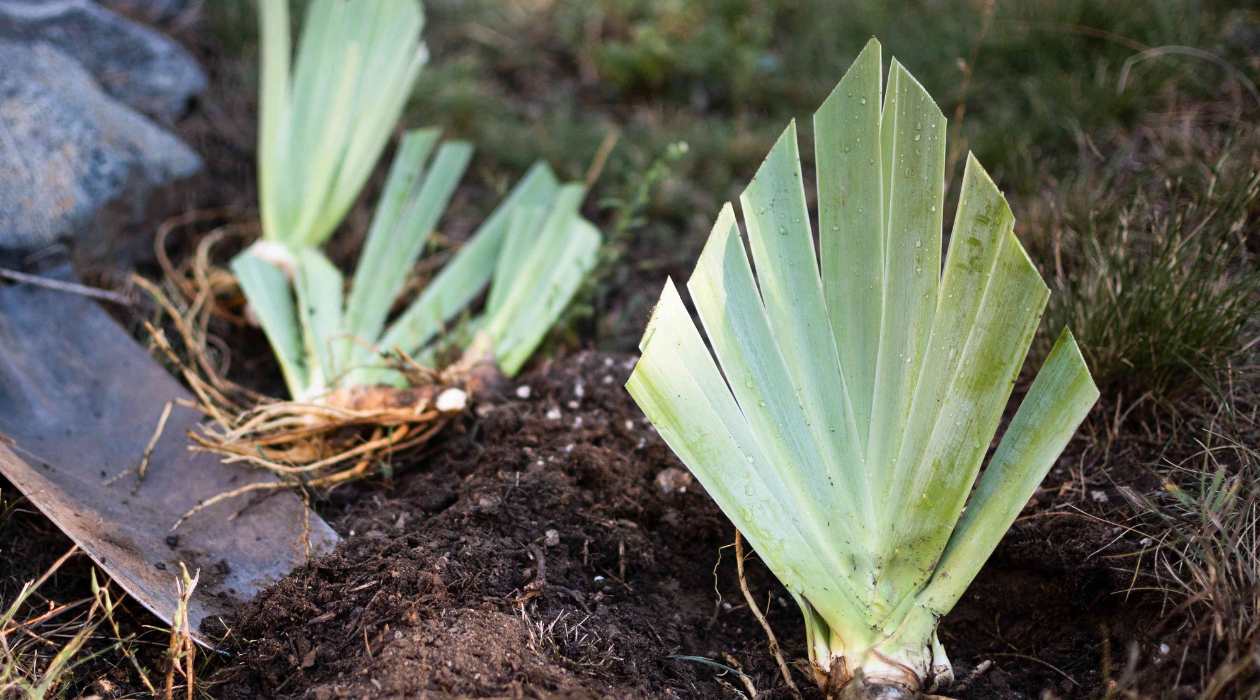

Garden Essentials
When Do You Cut The Greenery From Iris
Modified: March 7, 2024
Learn the best time to trim the greenery from your iris plants in your garden and keep them looking healthy and vibrant.
(Many of the links in this article redirect to a specific reviewed product. Your purchase of these products through affiliate links helps to generate commission for Storables.com, at no extra cost. Learn more)
Introduction
When it comes to maintaining a vibrant and flourishing garden, the care and maintenance of various plant species play a crucial role. One plant that embodies elegance and beauty is the iris. These stunning flowers add a splash of color to any landscape with their vibrant blooms and lush green foliage.
However, to ensure the long-term health and vitality of iris plants, it is essential to understand when and how to cut the greenery. But why is it necessary to remove the greenery from iris plants? And at what stage of their growth should this be done? In this article, we will delve into the topic, providing a comprehensive guide on when and how to cut the greenery from irises.
Before we jump into the specifics of cutting greenery, let’s first understand the growth cycle of iris plants.
Key Takeaways:
- Knowing when to cut the greenery from iris plants is crucial for their health. Look for signs like faded blooms and overgrown foliage to determine the right time for pruning.
- Follow a step-by-step guide and best practices to ensure healthy iris greenery. Provide water, apply mulch, and prune wisely to promote new growth and maintain a beautiful garden.
Read more: When Do You Cut Back Greenery On Asparagus
Understanding the Growth Cycle of Iris
Iris plants have a unique growth cycle that consists of different stages. Understanding this cycle is essential for determining when to cut the greenery. Let’s take a closer look at the growth stages of irises:
- Spring Growth: In early spring, irises start their growth cycle by sending up new shoots from underground rhizomes. These shoots quickly develop into green leaves, forming the foundation for the plant’s foliage.
- Budding Stage: As the spring progresses, the iris plants continue to grow, and flower buds start to form. These buds, although not yet fully developed, hold the promise of the beautiful blooms that are to come.
- Blooming Stage: The blooming stage is the most anticipated phase of an iris plant’s growth cycle. It is during this time that the flowers fully open, showcasing their vibrant colors and intricate patterns. The flowers can last anywhere from a few days to a couple of weeks, depending on the iris variety.
- Post-Blooming Stage: Once the blooms have faded, the iris plant enters the post-blooming stage. During this time, the plant focuses its energy on replenishing its nutrients and storing energy for future growth. It is also the ideal time to cut the greenery to promote the plant’s overall health.
- Dormant Stage: Towards the end of the growing season, irises naturally enter a dormant phase. During this period, the plant’s foliage dies back, and the rhizomes go into a resting state. This dormancy period allows the plant to conserve energy and prepare for the following year’s growth cycle.
Now that we have a better understanding of the growth cycle, let’s explore the factors to consider before cutting the greenery from irises.
Factors to Consider Before Cutting Greenery
Before you grab your pruning shears and start cutting the greenery from your iris plants, there are a few important factors to consider. These factors will help you determine the right time to perform the necessary pruning. Let’s take a look:
- Growth Stage: As mentioned earlier, the post-blooming stage is the most suitable time to cut the greenery from irises. Waiting until this stage ensures that the plant has had enough time to absorb nutrients from the foliage and transfer them to the rhizomes.
- Health of the Greenery: Inspect the greenery on your iris plants carefully. Look for signs of disease, pest infestations, or damage. It is advisable to remove any unhealthy or damaged greenery to prevent the spread of diseases and promote the overall well-being of the plant.
- Environmental Conditions: Consider the current environmental conditions when deciding to cut the greenery. Avoid pruning during extremely hot or dry periods, as it may stress the plants further. Instead, choose cooler and more favorable weather conditions to perform the pruning.
- Timing: Timing is crucial when cutting the greenery from irises. It is recommended to prune the greenery a few weeks after the blooming stage has ended. This allows the plant to recover and store the necessary nutrients before going into dormancy.
- Future Growth: Take into account the desired growth and appearance of your iris plants. Pruning the greenery helps encourage new growth and keeps the plant’s shape controlled and tidy. Consider the size and spacing of your irises when deciding how much greenery to cut.
Now that we are aware of the important factors to consider, let’s move on to the signs that indicate when it’s time to cut the greenery from irises.
Signs That Indicate It’s Time to Cut Greenery from Iris
Knowing the right time to cut the greenery from your iris plants is crucial for their health and overall appearance. Here are some signs that indicate it’s time to prune:
- Faded Blooms: Once the flowers have faded and lost their vibrant colors, it is a clear indication that the plant has completed its blooming cycle. This is an ideal time to remove the greenery.
- Browning Foliage: If you notice browning or yellowing foliage on your iris plants, it is a sign that the greenery is starting to deteriorate. Pruning these dying leaves will help the plant redirect its energy towards healthier growth.
- Overgrown Foliage: As iris plants continue to grow, their foliage can become dense and overcrowded. This can lead to reduced airflow and increased risk of fungal diseases. Trimming the greenery helps maintain proper airflow and prevents the spread of diseases.
- Encroachment: If the greenery of your iris plants is spreading too close to other plants or obstructing pathways, it may be necessary to cut it back. Trimming the foliage will help keep the plants within their designated areas and promote a neat and well-maintained garden.
- Weakened Foliage: During periods of extreme weather, such as heatwaves or heavy rains, the foliage of iris plants can become weakened and damaged. Pruning any weakened or damaged greenery will prevent further stress on the plants and aid in their recovery.
Observing these signs will give you a clear indication that it’s time to cut the greenery from your iris plants. In the next section, we will provide you with a step-by-step guide on how to perform this task correctly.
After the iris plant has finished blooming, wait until the greenery starts to turn yellow and die back before cutting it. This allows the plant to store energy for the next blooming season.
Step-by-Step Guide on How to Cut Greenery from Iris
Trimming the greenery from iris plants requires precision and care to promote their overall health and appearance. Follow this step-by-step guide to ensure you perform the task correctly:
- Gather Your Tools: Before you begin, gather all the necessary tools, including sharp pruning shears, gardening gloves, and a clean cloth or disinfectant spray.
- Inspect the Greenery: Take a close look at the iris plants and identify any damaged, diseased, or browning foliage that needs to be removed. This will help you determine which areas to focus on during pruning.
- Cut at the Base: Using sharp pruning shears or scissors, make clean and precise cuts at the base of the unwanted greenery. Aim to cut as close to the rhizome as possible without damaging it.
- Dispose of the Cuttings: Collect the cut greenery in a gardening bag or bucket. It’s important to remove the clippings and dispose of them properly to prevent the spread of diseases or pests.
- Sanitize Your Tools: After you’re done pruning, remember to sanitize your tools by wiping them down with a clean cloth or using a disinfectant spray. This will help prevent the transfer of any potential diseases to other plants.
- Monitor and Maintain: Keep an eye on your iris plants after pruning to ensure they recover well. Water them appropriately and provide them with the necessary nutrients to support their new growth.
By following these steps, you can safely and effectively cut the greenery from your iris plants, encouraging their overall health and vitality. However, it’s essential to keep in mind some best practices for maintaining healthy iris greenery, which we will discuss in the next section.
Best Practices for Maintaining Healthy Iris Greenery
Maintaining healthy greenery is essential for the overall health and longevity of your iris plants. Here are some best practices to follow:
- Provide Adequate Water: Iris plants thrive in well-drained soil, so make sure they receive the right amount of water. Avoid overwatering, as it can lead to root rot, and underwatering, which can cause the foliage to wilt and become weak.
- Apply Mulch: Apply a layer of organic mulch around your iris plants to retain moisture in the soil and regulate its temperature. Mulch also helps suppress weed growth and enriches the soil with nutrients as it breaks down.
- Fertilize Regularly: Feed your iris plants with a balanced fertilizer specifically formulated for flowering plants. Apply the fertilizer according to the instructions on the packaging, and avoid over-fertilizing, as it can result in excessive foliage growth at the expense of blooms.
- Control Pests and Diseases: Keep a close eye on your iris plants for any signs of pest infestation or disease. Use organic pest control methods or consult with an expert to address any issues promptly.
- Divide and Transplant: Over time, iris plants can become overcrowded, leading to reduced blooming and weakened foliage. To maintain healthy greenery, divide and transplant your iris plants every few years to provide adequate space for growth.
- Regularly Remove Spent Blooms: Remove faded flowers from your iris plants to prevent seed formation and redirect the plant’s energy towards new growth. This practice also helps maintain the aesthetic appeal of your garden.
- Prune Wisely: Regularly inspect your iris plants and remove any damaged, diseased, or overcrowded greenery. Prune after the blooming stage to promote the plant’s overall health and maintain an attractive appearance.
- Protect During Winter: In colder climates, protect your iris plants during the winter by adding a layer of mulch or straw around the rhizomes. This helps insulate them and prevents frost damage.
By adhering to these best practices, you can ensure the long-term health and vitality of your iris plants, leading to beautiful and thriving greenery. Before we conclude, let’s summarize what we’ve learned.
Conclusion
Cutting the greenery from iris plants is a necessary task to maintain their health, promote new growth, and enhance the overall appearance of your garden. Understanding the growth cycle of irises and the factors to consider before pruning is essential for determining the right time to perform this task.
Signs such as faded blooms, browning foliage, overgrowth, and weakened greenery indicate that it’s time to cut the greenery from your iris plants. By following a step-by-step guide and utilizing best practices, you can ensure that the pruning process is done correctly and promotes the optimal health of your irises.
Remember to provide adequate water, apply mulch, fertilize regularly, control pests and diseases, and divide and transplant your iris plants as needed. Regularly removing spent blooms and pruning wisely will help maintain healthy greenery and a visually appealing garden.
By implementing these practices, you can enjoy the vibrancy and beauty of your iris plants year after year. So, put on your gardening gloves and pruning shears, and give your irises the care they deserve!
Happy gardening!
Frequently Asked Questions about When Do You Cut The Greenery From Iris
Was this page helpful?
At Storables.com, we guarantee accurate and reliable information. Our content, validated by Expert Board Contributors, is crafted following stringent Editorial Policies. We're committed to providing you with well-researched, expert-backed insights for all your informational needs.
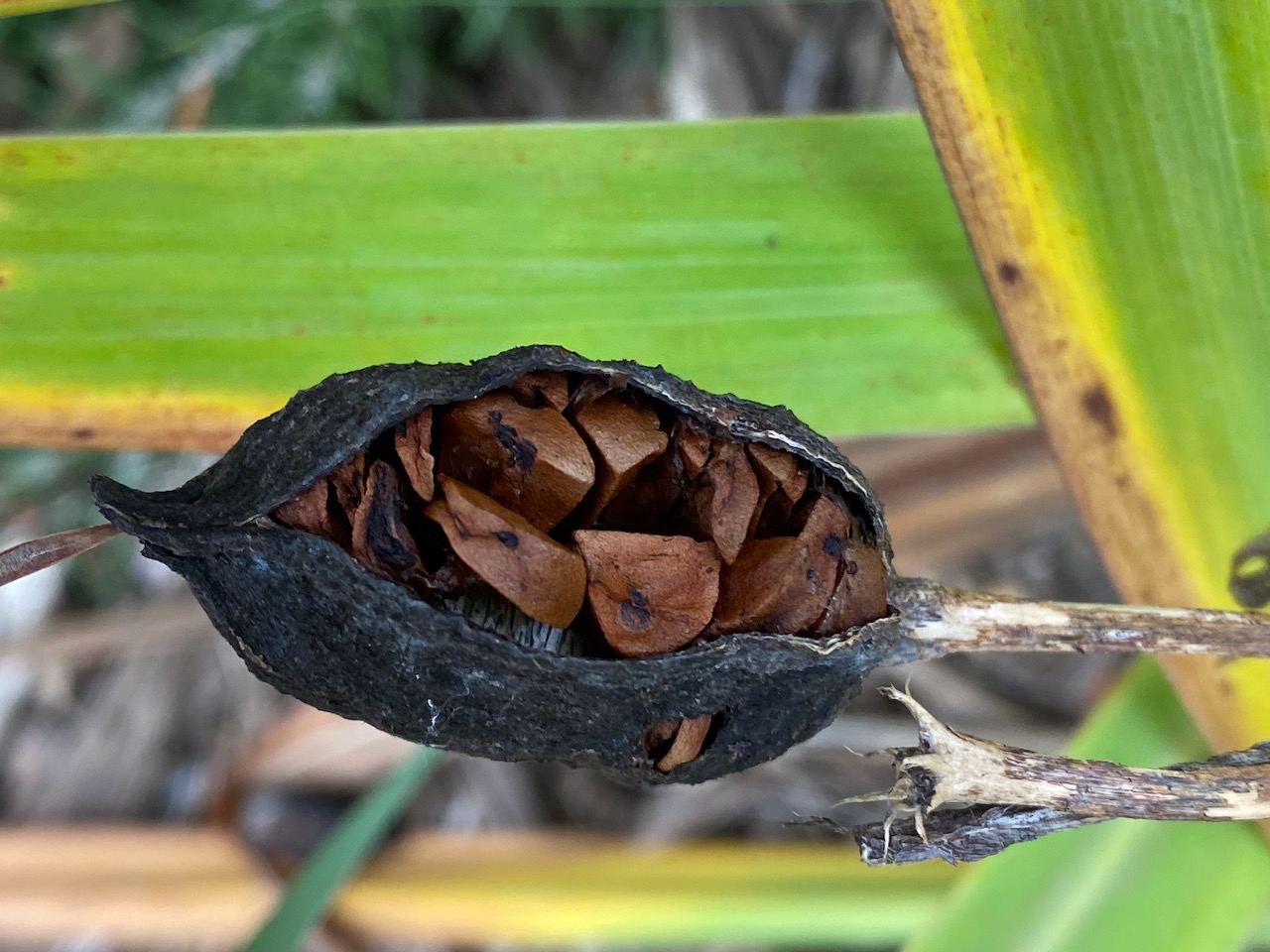
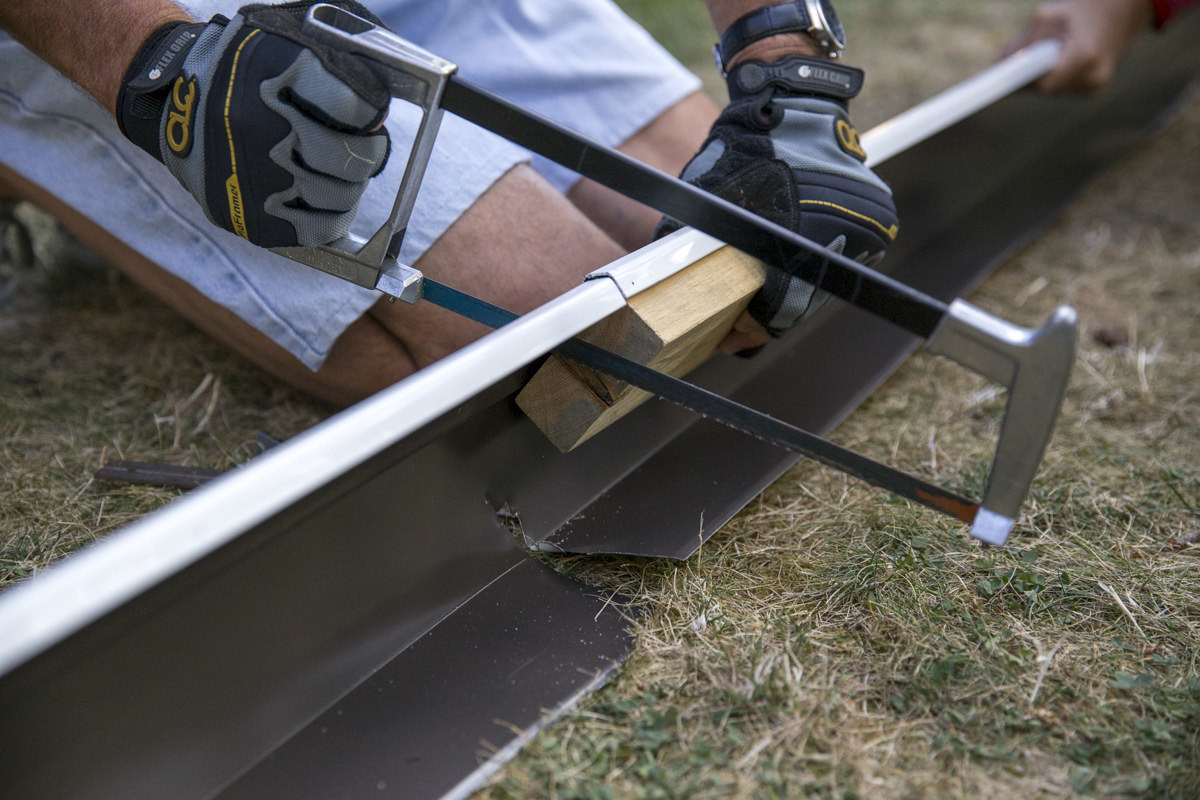


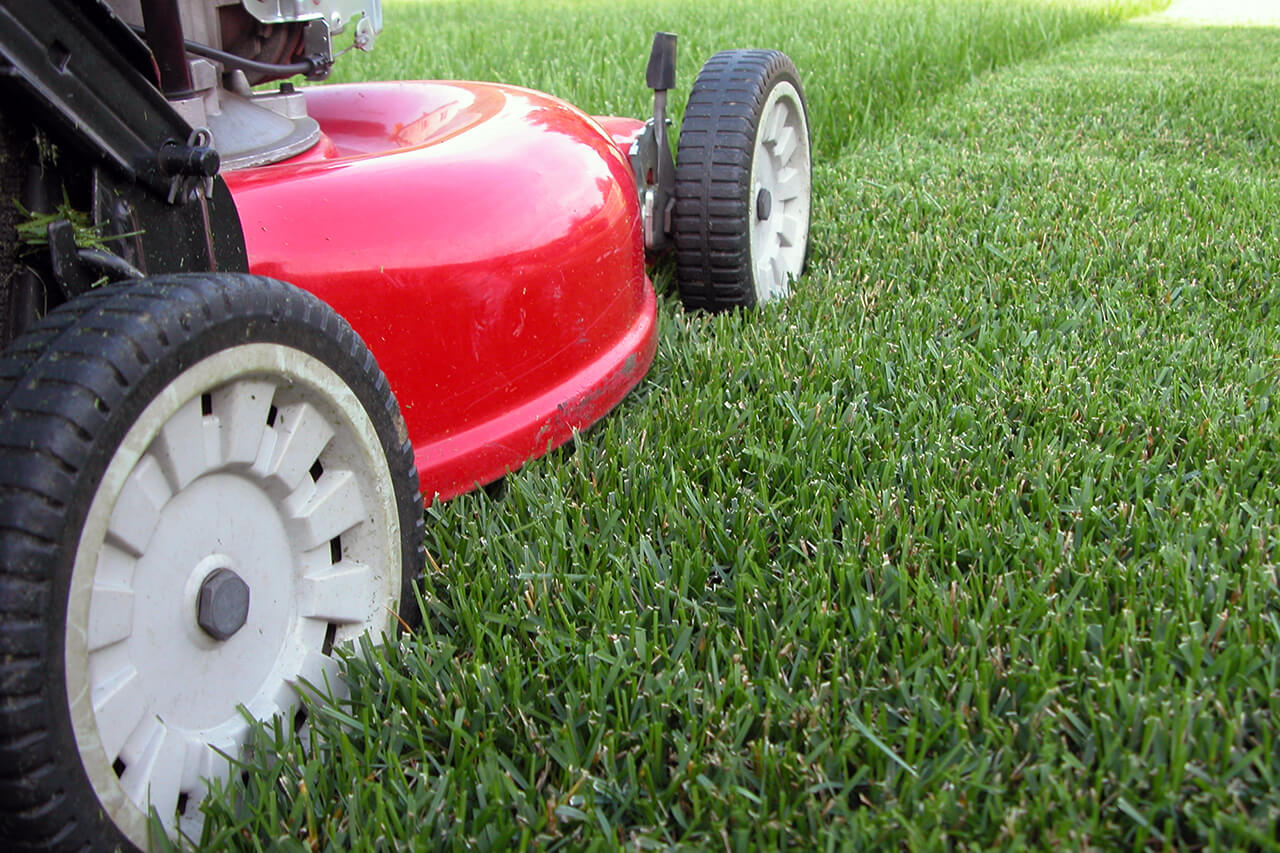



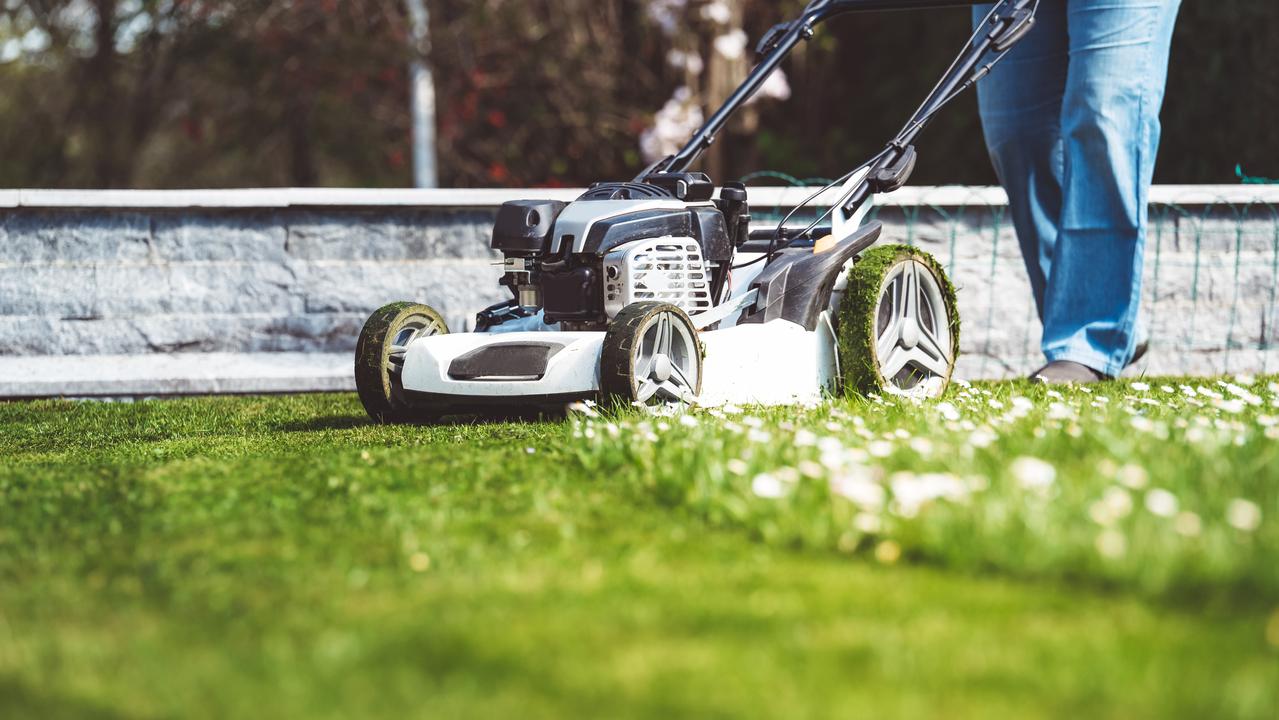

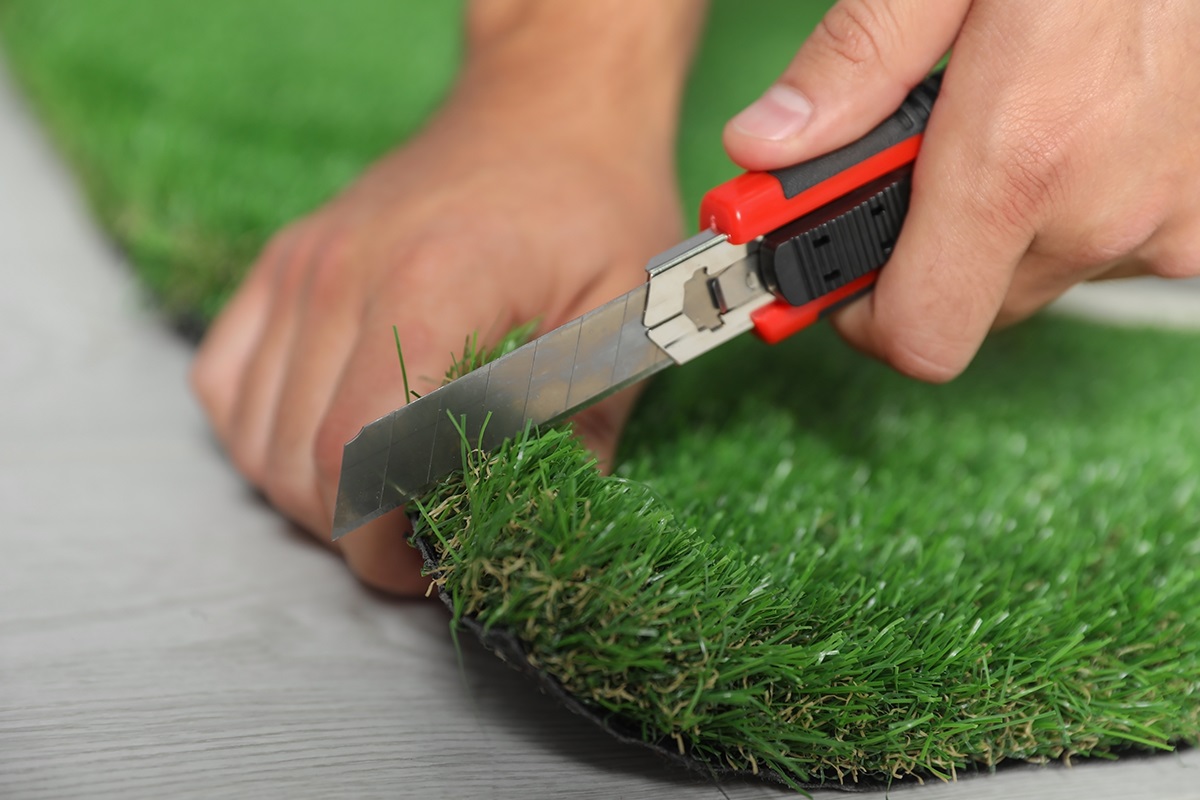
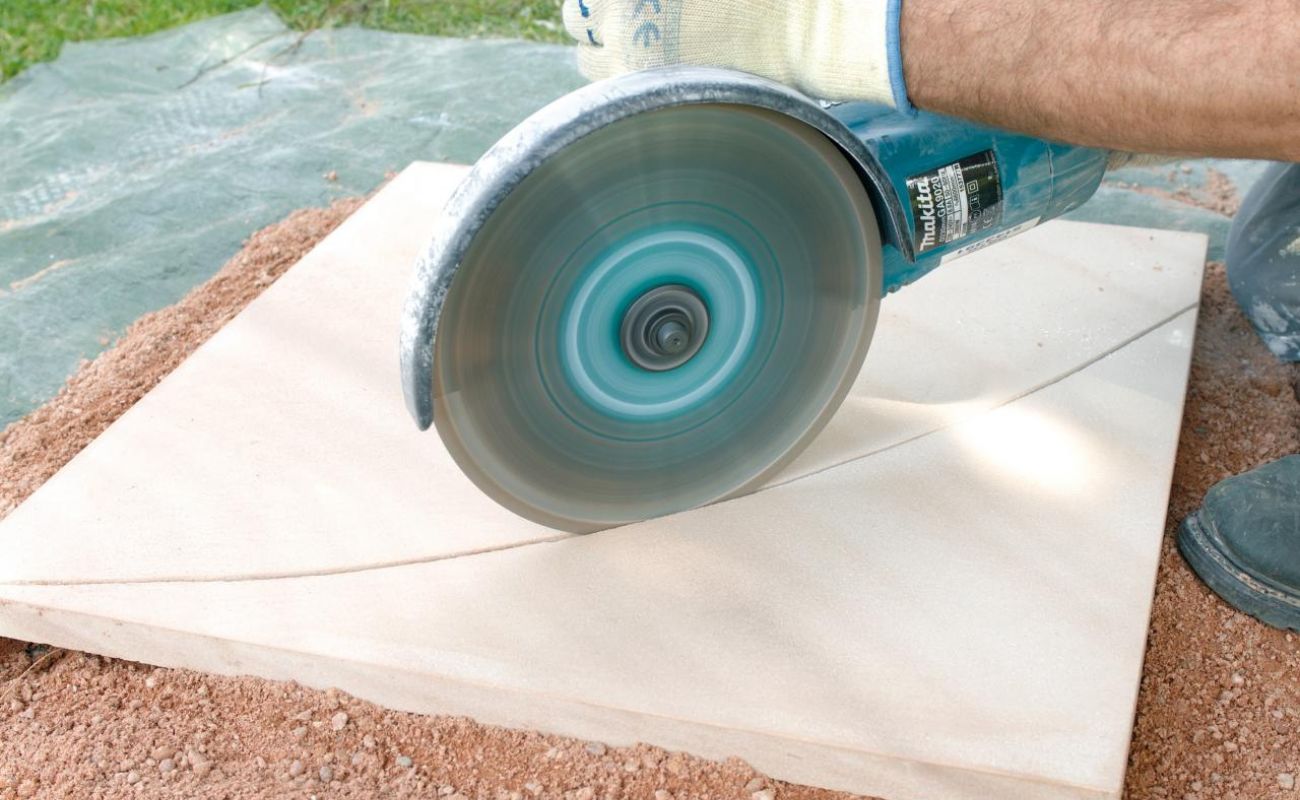



0 thoughts on “When Do You Cut The Greenery From Iris”